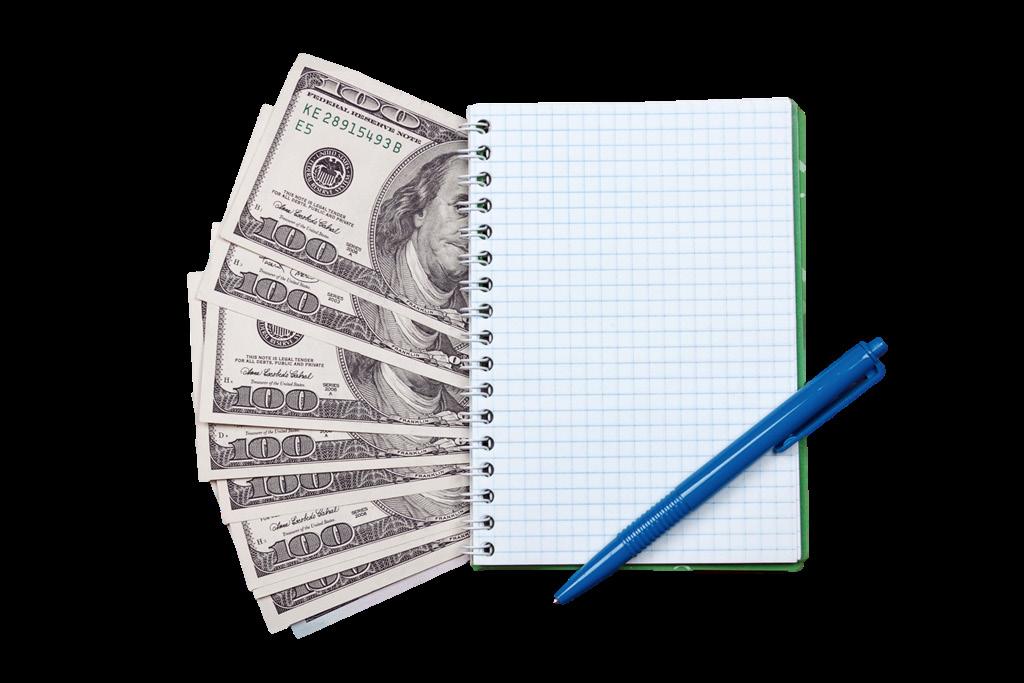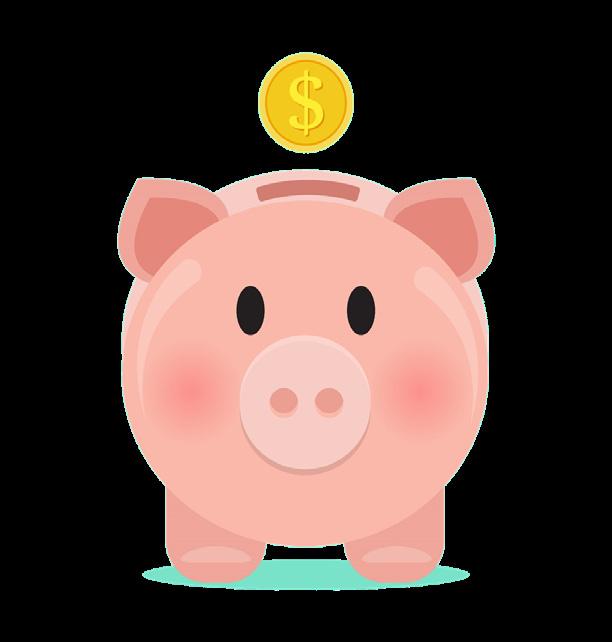Budgeting 101
Getting a paycheck is exciting! There are so many possibilities for that money; new clothes, saving for a car, eating at your favorite restaurant. But of you aren’t careful, that money will be spent as soon as it gets in your hot little hand. That is why we build a budget!
Budget = Spending plan
The word budget sounds official and feels like a big responsibility. In reality, a budget is just a plan on how you will spend your money. A budget will help you make those paychecks last until your next one, and even save some money along the way!
How do you make a budget?
A budget is made in 5 steps:
1. Record income- Any money you receive is considered income. That can include babysitting money, allowance, a paycheck, birthday money and any other money you receive.

2. Track your spending- Before you build your budget, you need to know where you typically spend your money. Take some time to track your spending on any bills and other purchases. Track from one pay period to the next.
3. Set goals- When you have a goal you are trying to reach, such as saving for an item or paying off debt, your are more likely to follow your budget
4. Put together your budget- At the top of a piece of paper, write your total income, then list your expenses. Subtract your expenses from your income to see how much you have left at the end of your pay period.
5. Make adjustments- if you are spending too much, go through your expenses and start cutting expenses you can live without.
Creating a savings goal
Having a goal will make you more committed to sticking to your budget. When you set your goal, make sure it is a S.M.A.R.T. one:
• Specific: Know EXACTLY what your goal is, nothing vague
• Measurable: Set benchmarks so you can evaluate your progress along the way
• Attainable: Your goal should be something you can achieve with the income you receive
• Relevant: No crazy, out of this world goals, like saving 2 million dollars in 1 week
• Timely: Set a due date for your goal
Short and long term savings goals

A short term savings goal is a goal that will take less than 1 year to achieve. Using the S.M.AR.T. goal setting method, write down one short term financial goal you would like to achieve in the next year:
A long term savings goal is a goal that will take over a year to achieve. Using the S.M.A.R.T. goal setting method, write down one long term financial goal you have for yourself:
Emergency savings
You never know when a financial emergency may occur; you need to pay for car repairs, a medical bill, college text books, etc. Make it a habit to put money in your savings account every time you get paid. You can also set up automatic transfers, as soon as your paycheck gets deposited into the banks, a set amount will transfer straight over to your savings account.

Build your own budget
Income:
Expenses:
Move to Savings
Needs:
Wants:
Long Term Goals:
Short Term Goals:
Total cost of expenses
Income - Expenses =
Amount:
Total Cost of Needs:
Total Cost of Wants:



